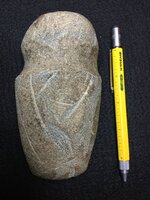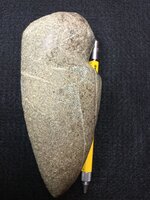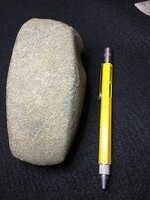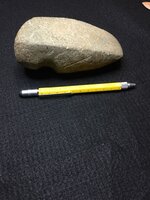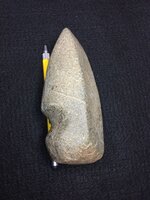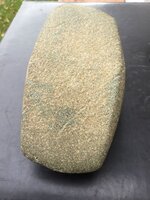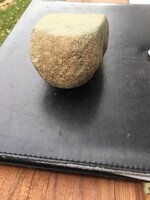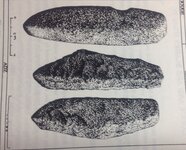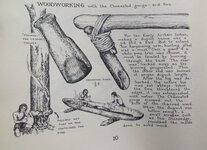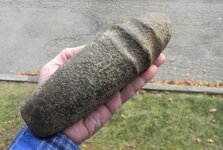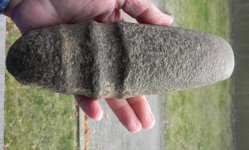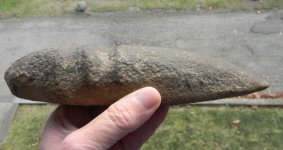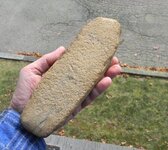Hardstone, grooved, it has a sharp bit, a poll end, and a fair number of plow...
What is it? It's made of hardstone, it has been grooved, it has a sharp bit, a poll end, and several plow scars, but what is it
What is it? It's made of hardstone, it has been grooved, it has a sharp bit, a poll end, and several plow scars, but what is it

Amazon Forum Fav 👍
Attachments
Last edited:
Upvote
0


